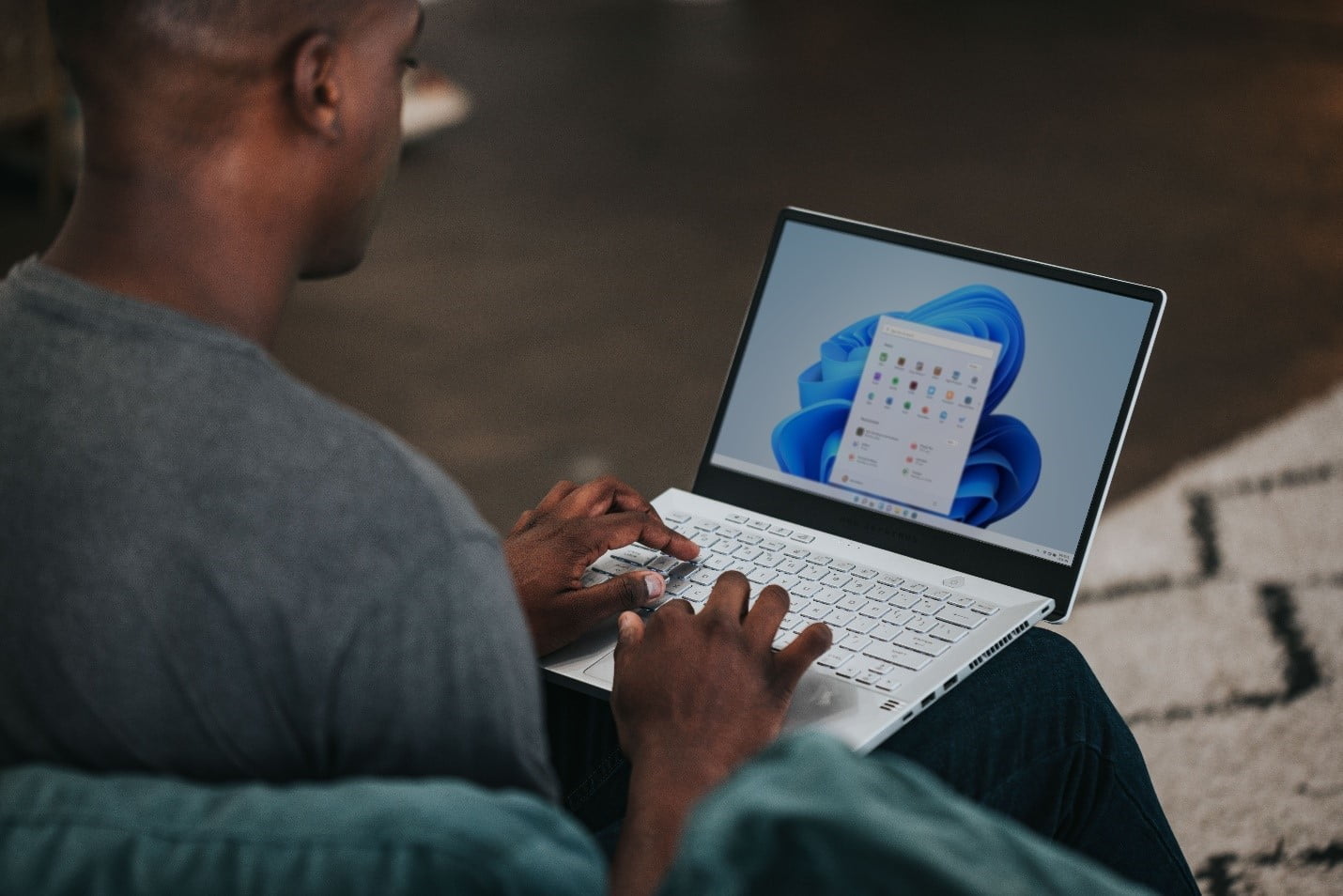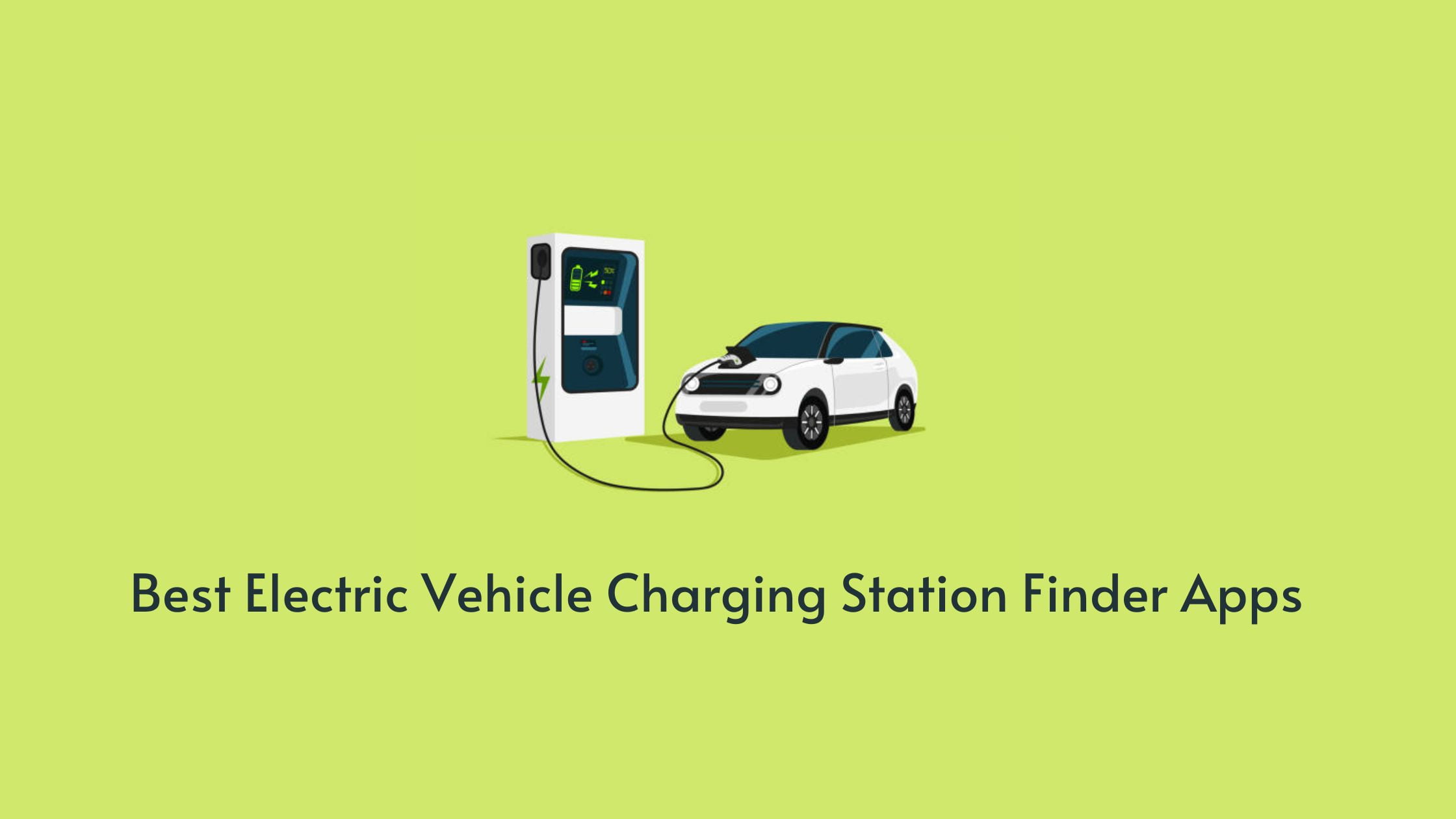When running an online business, you’re always looking to boost sales or get more conversions. The location of a button, a quick popup, or a streamlined payment process can make or break a sale. We all want customers to come back, but sometimes we’re so focused on getting that sale that we overlook our standards.
Companies like https://keenethics.com/services-education-software-development specialize in helping businesses implement ethical web design practices, which can set you apart in a competitive market.

What’s Ethical Web Design About?
Ethical web design covers a bunch of different topics. It’s not just about what’s right or wrong; it’s about asking how your website serves its visitors.
Unethical Practices in Web Design: A Few Examples
To get a better grip on what ethical web design means, let’s first look at some examples of what not to do. Note that these are just a few ways things can go wrong; we’re barely scratching the surface here.
Here are some classic tricks to watch out for:
- creating fake urgency;
- switching from free trials to paid subscriptions without warning;
- pricing items to make them seem cheaper than they are.
These examples show how easy it is to mislead users, but they’re just the tip of the iceberg.
Creating Fake Urgency
Let’s start with a common tactic used by some online shops: creating a false sense of urgency. This is often done by showing a message on the product page saying something like “Only 1 item left!” or “2 people are looking at this right now.”
If a visitor wants that item, this message ramps up the pressure to buy it quickly, so they don’t miss out. It’s a clever way to boost sales, but it’s not honest if there are more items in stock or nobody else is looking at it. Using pressure tactics like this to trick people into buying is unethical.
Switching From Free Trials to Paid Subscriptions Without Warning
Another sketchy move is offering a 30-day free trial but requiring credit card information upfront. Sure, this might be good for the business and could lead to extra revenue when people forget to cancel. But is that what the customer signed up for?
Most people try out a free trial to see if they like the service, planning to decide later whether to pay for it. But if they’re worrying about remembering to cancel in time to avoid charges, they’re not getting a risk-free experience. This kind of stress can make them more likely to cancel at the end of the trial, associating your service with hassle rather than help.
Pricing Items Seem Cheaper Than They Are
It’s common in stores everywhere to see prices listed as $39.99 instead of rounding up to $40. Why do they do this? Your brain tends to think $39.99 sounds way cheaper than $40, making you more likely to buy.
It’s a bit like asking a kid if they want one big coin or five smaller coins. Most will go for the five coins, thinking it’s more, even if the value is less. The same trick is at play with prices. By making the price look smaller, your brain thinks you’re getting a better deal, which can make you more willing to make a purchase.
Turning Unethical into Ethical Practices
Earlier, we looked at some examples of bad behavior that can happen in the real world. Now let’s flip those into good practices.
Here’s a quick list of how to turn things around:
- creating urgency the right way;
- switching to ethical free trials;
- straight-up pricing;
By making these changes, you’re taking steps to create a more ethical online experience for your customers.
Creating Urgency the Right Way
Before, we were pushing people to buy stuff fast, making them feel like they’d miss out if they took time to think.
To make this better, we can get rid of the parts on our product page that say things like “Only 1 item left!” or “Others are looking at this now.” The customer doesn’t need to know that. All they need to know is that the item is available.
By removing that text, you’re giving people time to think. This way, they can decide if they want the item. You have to treat your customers fairly, not tricking them into buying.
Switching to Ethical Free Trials
Don’t ask customers for credit card information right when they sign up for a 30-day free trial. The plan was to automatically start charging them as soon as the trial ended, whether they wanted to continue or not.
A better way to do it is to let customers try out the 30-day free trial without asking for credit card details upfront. This way, they can test out the product without feeling pressured to cancel before they get charged.
Doing it this way puts the customer at ease. They can explore your service without stress. If they like it by the end of the trial, they can choose to give their card details and keep using it. Sure, some people won’t continue, but those folks probably wouldn’t have stayed anyway.
Straight-Up Pricing
Don’t set prices just a bit lower to make them look cheaper and lure customers into thinking they are getting a better deal.
A more ethical way is to just be straightforward about pricing. So, ditch the 39.99 USD and just place 40 USD. The same goes for changing 25.99 USD to 26 USD.
Wrapping Up
Ethical designs require an empathic approach and concentration on the development. Pay attention to the aspects described in the article and make your website easier and free for the customer’s choice. A good website design has to provide a lively balance of the information flow that allows customers to make decisions effortlessly.
Making your site more user-friendly isn’t just for a better user experience. It can also boost your SEO and increase the chances of customers returning when they need your services again.





